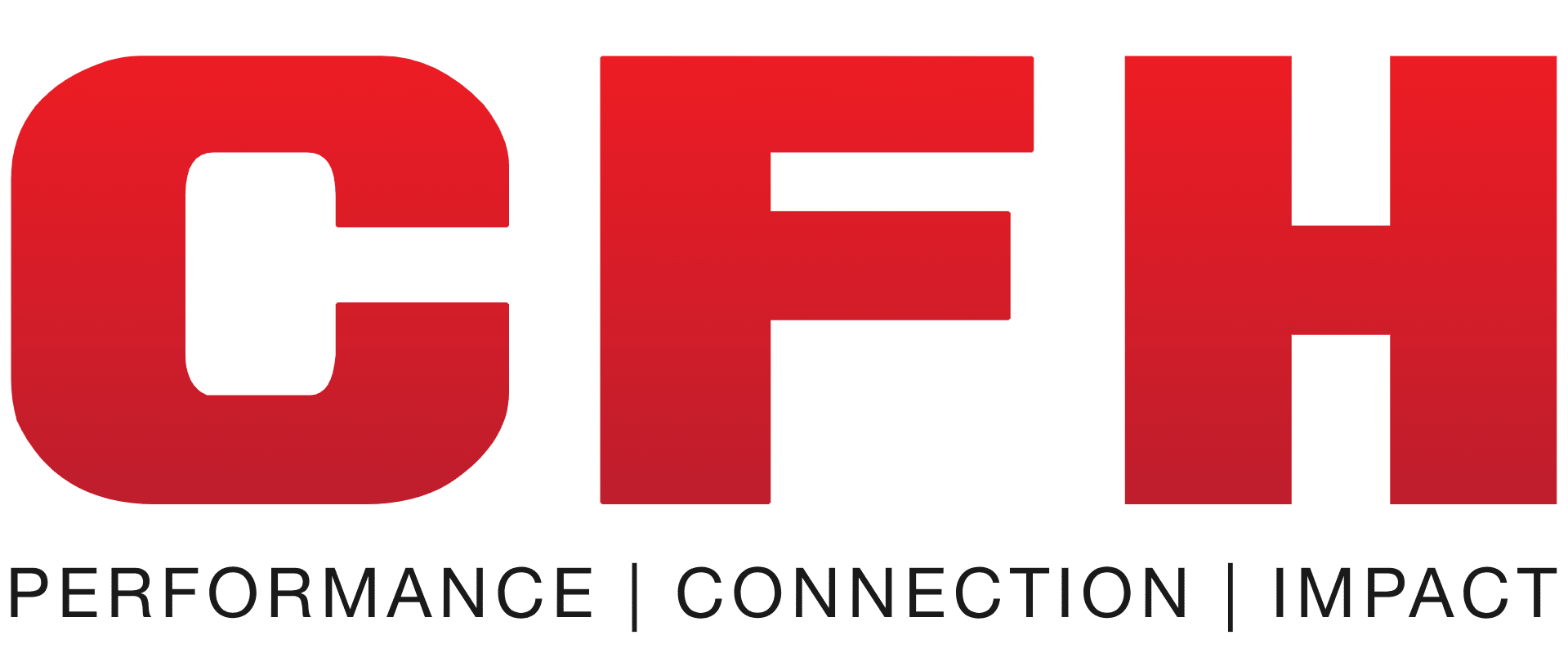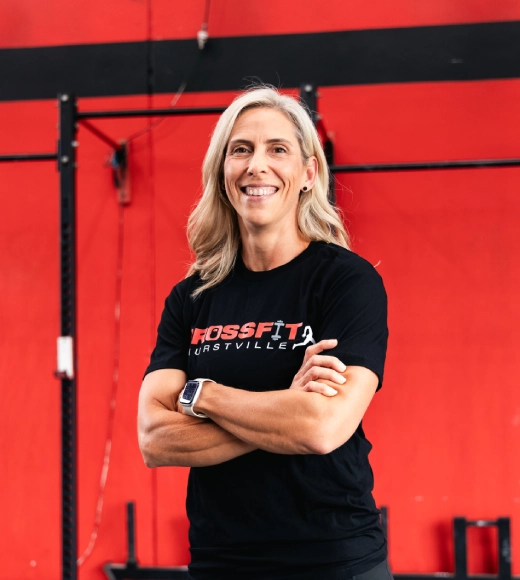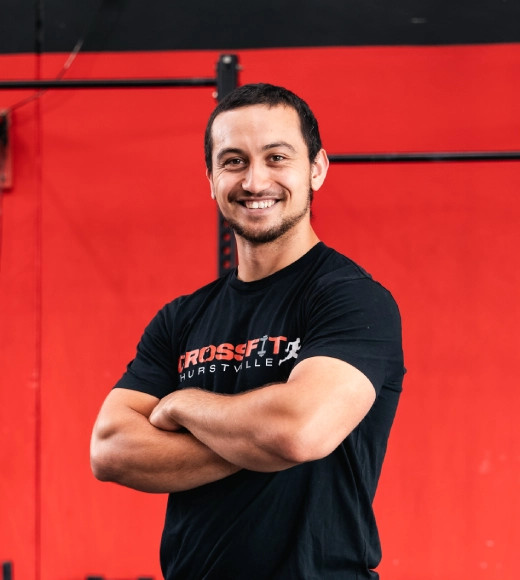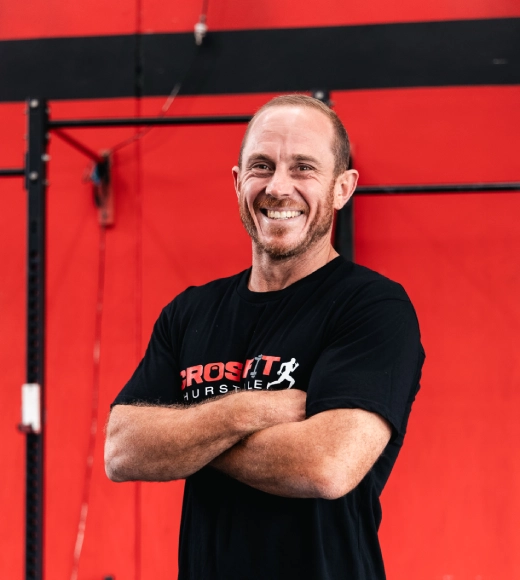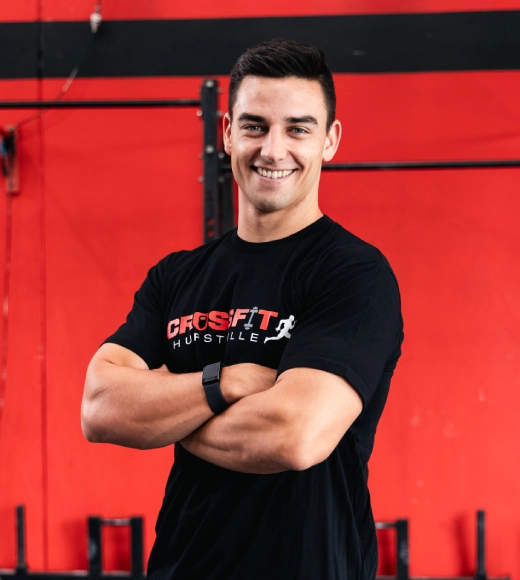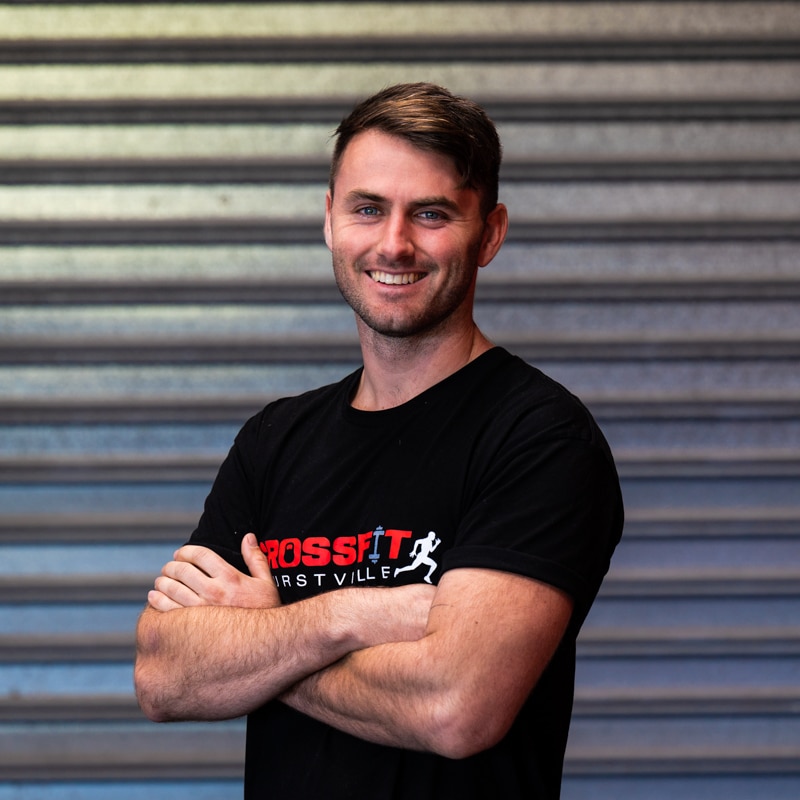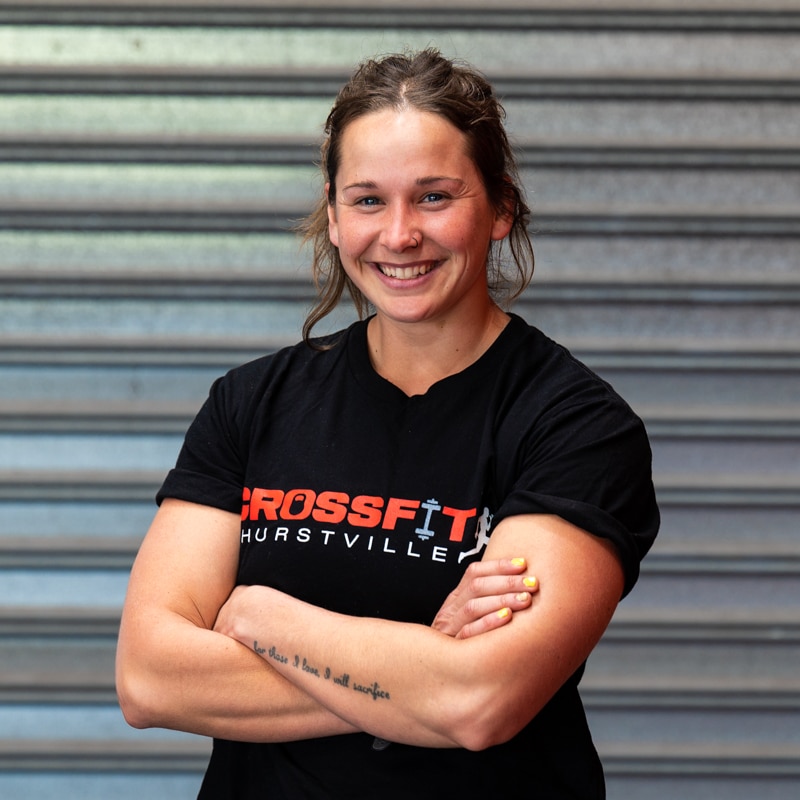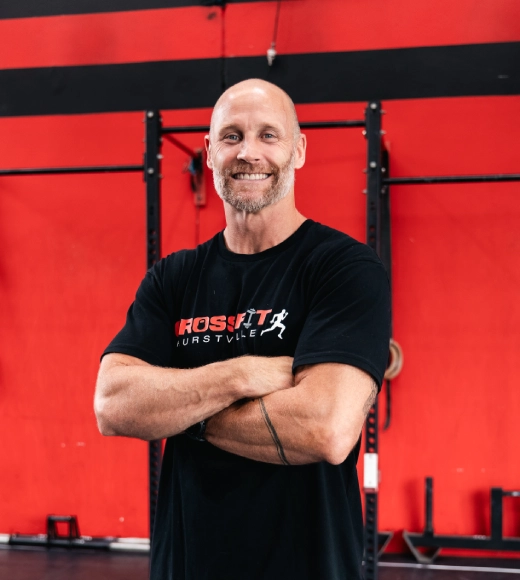Attention is a finite resource.
With so many forces coercing, cajoling, and coaxing ones awareness, there is usually very little cognitive space available to approach a physical practice with the type of intentionality that is necessary and required.
The rise of fast food fitness illustrates this point; loud and crowded circuit classes, with the participants mimicking an avatar on screen, adhering to set time domains and dictated to by an algorithm. These gatherings usually mimic the internal state of its members, distracted; jumping sporadically from one thing to the next. In these spaces, there is no time to pay attention, and without this, progress will inevitably stall.
Paying attention is the prerequisite to engaging in any (physical) practice. If one’s physical practice is not, in some respects, tied to the process of the cultivation of self-awareness through deliberate intentionality, then, the practice is missing the point. If one only sees this practice as a means to the end – a somewhat transactional or linear procedure – then they have barely begun to scratch the surface and the real value of it is never actualised.
Paying attention is, in essence, the practice of noticing tension. From here, one can start to ask the right questions – why– versus the clutter and detail of the how or the what. The physical practice begins to expand, away from just the sets and the reps and into a conversation about human nature.
A good coach is someone who is apt at noticing this tension; someone whose responsibility it is to highlight and communicate this, and secondarily, to offer some potential solutions. This ability they have cultivated over years of applying this same process to themselves.
Ultimately however, the catalyst for change is the responsibility of the athlete. So pay attention and create the necessary conditions to do so. Prioritise it. Because that’s when the practice has been truly engaged.
